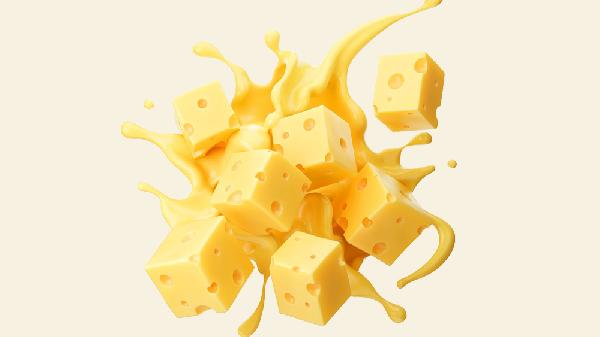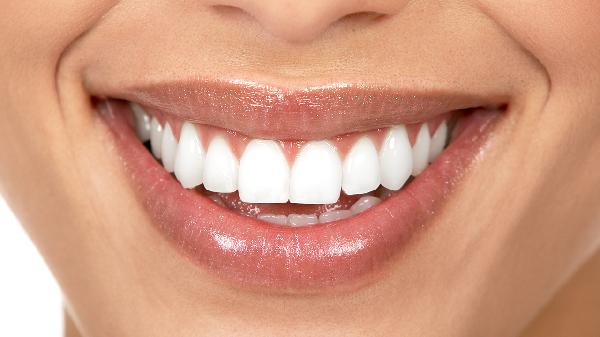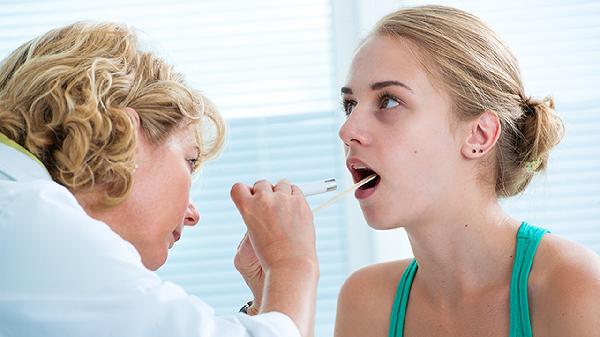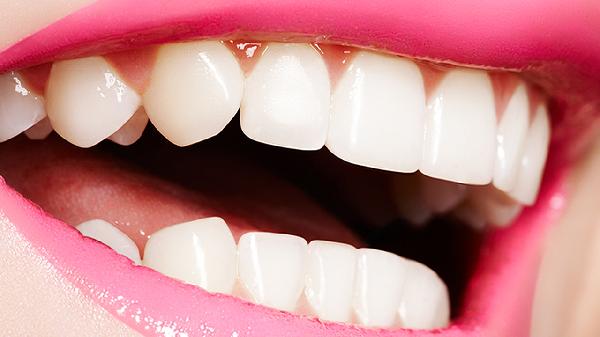Have you ever smiled in front of a mirror and suddenly noticed your teeth are no longer that gleaming pearl white but have a tinge of yellowish-brown? Don't worry, tooth discoloration is not a problem unique to you. In fact, it's a common phenomenon with various underlying causes. Today, let's talk about why teeth become discolored and what you can do to keep your teeth bright and white.
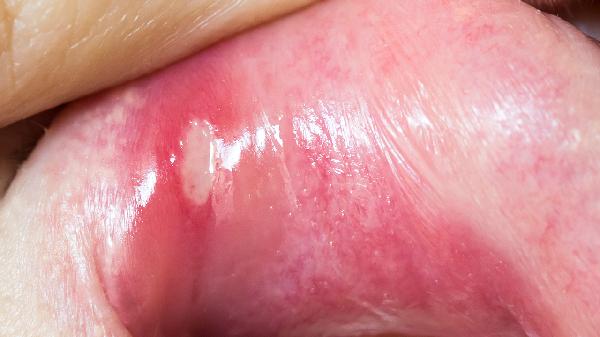
1. Dietary habits
The food and beverages we consume daily are one of the main culprits of tooth discoloration. Pigments in dark-colored drinks like coffee, tea, red wine, and cola can adhere to the surface of teeth, leading to discoloration over time. Additionally, certain fruits such as blueberries and blackberries, as well as condiments like soy sauce and tomato sauce, can also affect the color of your teeth. If you frequently consume these foods, the likelihood of tooth discoloration increases significantly.
2. Smoking
Smoking is not only harmful to lung health but also severely affects teeth. Nicotine and tar in tobacco form stubborn stains on the surface of teeth, causing them to turn yellow or even black. Long-term smokers often have teeth that are more prone to discoloration compared to non-smokers, and this discoloration is difficult to remove through regular brushing.
3. Poor oral hygiene
If you don’t develop good brushing habits, plaque and tartar can accumulate on the surface of your teeth, leading to discoloration. Plaque is a sticky substance formed by bacteria and food debris. If not removed promptly, it gradually hardens into tartar, making teeth appear yellow. Regular brushing and flossing are key to keeping teeth clean and white.
4. Age factor
As we age, the outer enamel of teeth gradually wears away, exposing the yellowish dentin underneath. This natural wear process makes teeth appear less white. Additionally, the internal color of teeth changes with age, leading to an overall darker appearance.
5. Medications and diseases
Certain medications and diseases can also cause tooth discoloration. For example, tetracycline antibiotics used during childhood tooth development may lead to permanent tooth discoloration. Diseases such as enamel hypoplasia and dental fluorosis can also affect tooth color. If you suspect medications or diseases are causing tooth discoloration, it’s best to consult a dentist.
6. Dental treatments
Certain dental treatments, such as root canal therapy, can cause tooth discoloration. During root canal treatment, the nerves and blood vessels inside the tooth are removed, and the tooth may gradually darken. Additionally, certain dental materials like silver amalgam fillings can also lead to tooth discoloration.
7. Genetic factors
The color of teeth is also influenced to some extent by genetics. Some people are born with naturally whiter teeth, while others have naturally yellower teeth. Genetic factors determine the thickness and color of enamel and dentin, thus affecting the overall appearance of teeth.
Although tooth discoloration is a common issue, good oral hygiene habits, regular dental check-ups, and appropriate teeth whitening methods can help you maintain bright and white teeth. If you’re dissatisfied with the color of your teeth, consider consulting a dentist to find a whitening solution tailored to you. Remember, healthy teeth are the most beautiful, so no matter the color, maintaining oral health is the most important thing.

